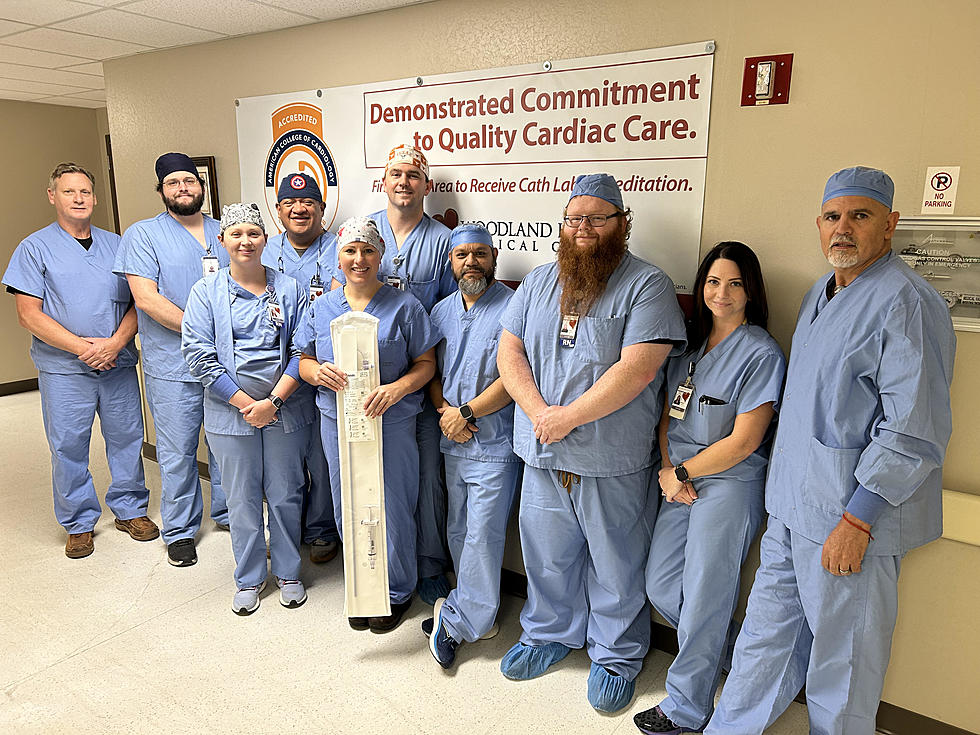
Woodland Heights Welcomes Two New Family Nurse Practitioners
Anyone working as a health care provider over the past 18 months has been doing beyond heroic work...everyday. Not only have they been exposed to one of the worst, if not the worst medical situations of the past 100 years, but there has been an ongoing shortage of persons in the medical field. With that being said, Woodland Heights Medical Center has just reported some good news.
The hospital sent out a release today which welcomes two new Family Nurse Practitioners to Woodland Heights Medical Group. Tina Davis, FNP-BC,MSN, will be providing care at Woodland Heights Family Practice at Diboll and Daisy Thomas, FNP-C,MSN, will be the provider at Woodland Heights Adult Medicine in Lufkin.
“Woodland Heights is home for me,” said Daisy. “I was an Intensive Care nurse for 17 years at Woodland Heights Medical Center and I am so excited to continue my career with Woodland Heights and continue caring for my community in this new capacity.”
Daisy earned her FNP from the University of Texas at Arlington and in addition to her ICU nursing experience also provided care at Get Well Family Health and Weight Loss as a Family Nurse Practitioner.
“I am delighted to re-open Woodland Heights Primary Care at Diboll and get to know the Diboll and surrounding communities,” states Tina. “My husband and I moved from Missouri and already love the beauty and the people of East Texas.”
Tina earned her FNP from Graceland University in Missouri and completed her internship at Southwest Medical Group Primary Care in Cortez, CO. She is Board Certified by the ANCC and most recently practiced at Odessa Medical Group in Odessa, MO.
“We are happy to move Daisy into her provider role and to also welcome Tina to the Woodland Heights family,” states Drew Emery, CEO of Woodland Heights. “They will both be great additions to our community.”
Both Practitioners will begin seeing patients on September 7.
READ ON: See the States Where People Live the Longest
More From Kicks 105









